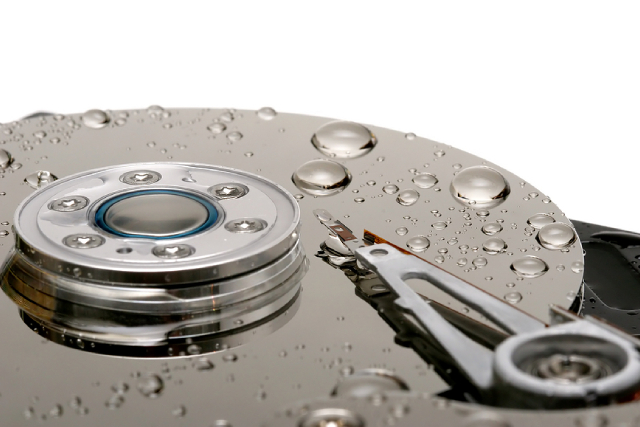As technology continues to advance, data is becoming increasingly important. As a result, the need for reliable storage solutions has led to the widespread use of Network-Attached Storage (NAS), Redundant Array of Independent Disks (RAID), and servers to store and manage data efficiently. However, like any technology, these storage systems are not immune to data loss or failure.
In this comprehensive guide, we will explore what NAS, RAID, and servers are, the causes of data loss in these devices, and how data recovery services in Singapore can help salvage your precious information.
What is NAS?
NAS, or Network Attached Storage, is a network-connected storage device that allows multiple users and client devices to access and share data through a local area network (LAN) or the internet.
File storage, data backup, and video streaming are all frequent applications for NAS devices. They provide a handy and centralised method of storing and managing data for both personal and corporate use.
What is RAID?
RAID (Redundant Array of Independent Discs) is a system that integrates many hard drives into a single logical unit. Depending on the RAID level employed, the primary goal of RAID is to increase data redundancy, performance, or both. RAID designs can safeguard against disc failures by keeping data accessible even if one or more drives fail.
What is a server?
A server is a computer or specialised hardware device that provides services, resources, or data to other computers or clients over a network. Servers are used in a variety of applications such as web hosting, email services, file sharing, and others. They are critical for companies and organisations that rely on networked services and data access.
Causes of data loss in these 3 devices
Data loss in NAS, RAID, and server environments can occur for a variety of causes, including:
1. Hardware failures
Hard drives, power supplies, and controller cards are examples of hardware components that might fail abruptly, resulting in data loss.
2. Human error
Data loss on these devices can occur as a consequence of accidental deletions, formatting mistakes, and incorrect setup modifications.
3. Software Malfunction
Data corruption or loss can occur as a result of software faults, flaws, or difficulties with firmware updates.
4. Malware and cyberattacks
Viruses, ransomware, and other malicious software can compromise data integrity and availability.
How does data recovery help?
Data recovery is the lifeline when faced with data loss in NAS, RAID, or server environments. Experts in this field possess specialised knowledge and tools to diagnose and resolve issues unique to these systems. They can reconstruct lost or damaged files, even in complex RAID configurations, and work swiftly to minimise downtime, ensuring business continuity. Furthermore, these professionals provide valuable advice on enhancing data storage strategies, including robust backup solutions and data protection measures, helping prevent future data loss incidents. In essence, data recovery is the ultimate saviour when the digital abyss threatens your valuable information within NAS, RAID, or server setups.
Conclusion
In the modern world, data is invaluable, and the loss of it can be devastating. Understanding NAS, RAID, and server data storage systems and the potential causes of data loss is essential. Equally important is knowing that professional data recovery services are available to help you recover your data when the worst happens.
If you find yourself in a data loss crisis, consider Ever Higher Data Recovery Centre’s (EHDR) server, NAS and RAID data recovery services. Our team of experts is well-equipped to handle data recovery for a range of devices, ensuring that your valuable data is not lost forever.
To learn more, do not hesitate to get in touch with us today!





